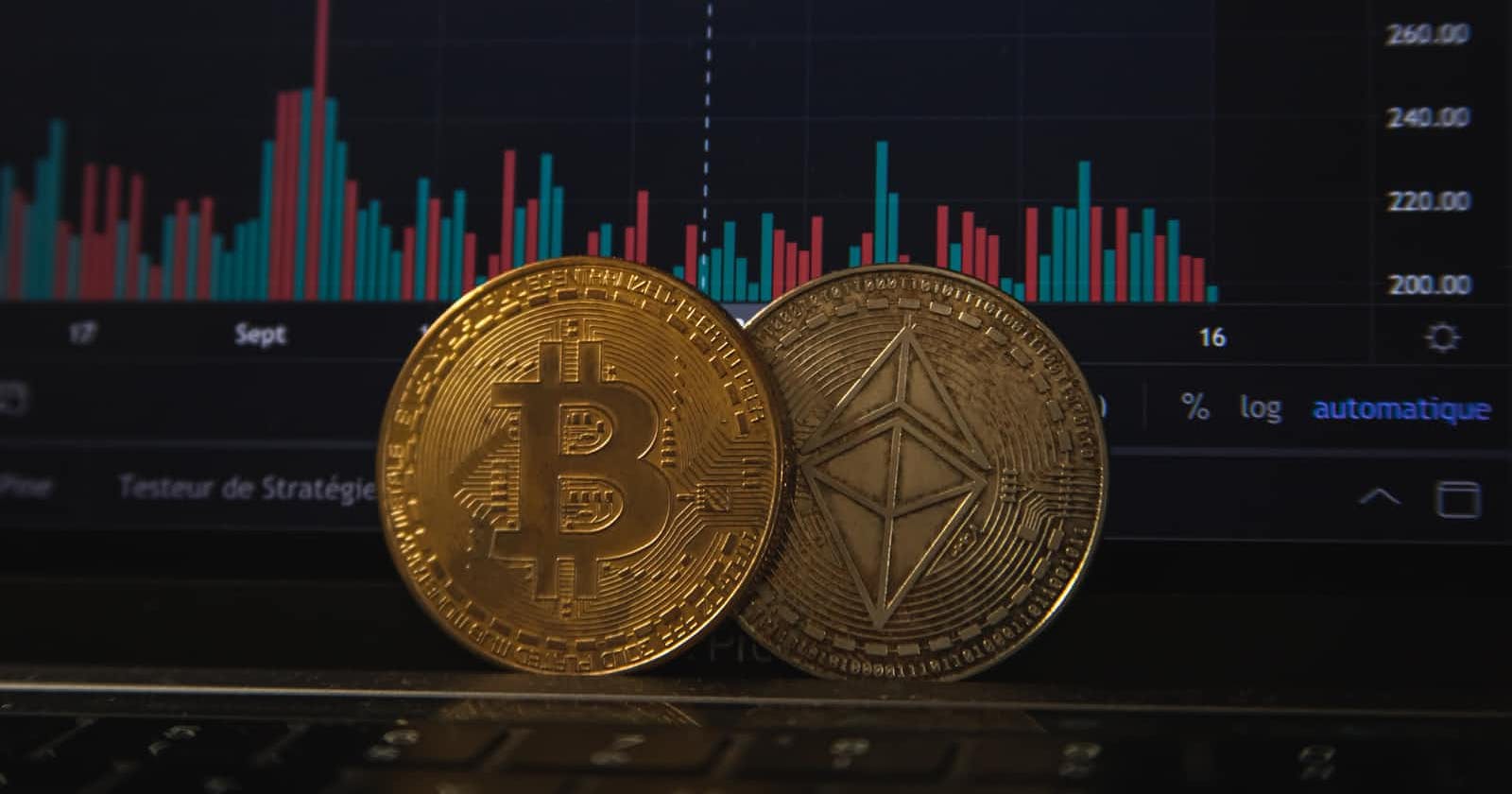
Photo by Pierre Borthiry on Unsplash
Inflation on the Blockchain. What does this mean for crypto investors?
Introduction
Inflation is an economic term which is defined as “the increase of the goods and services prices over a set period of time”, according to Investopedia.com. It is also defined as the reduction of purchasing power of a given currency or the increase in the supply of money unbacked by gold.
Inflationary and deflationary cryptocurrencies
To transfer this logic to the cryptocurrency world we can make the following analogy: Bitcoin is an inflationary currency and will remain like this until it reaches the 21 million coin mark. At that point in time, there will be no more Bitcoins to mine and it will become a deflationary cryptocurrency.
However some may say it's already deflationary because its purchasing power increases over time. When it was released in June of 2009, Bitcoin’s price was 1/10.000 USD, nowadays BTC trades around 47,000 USD. In this case the purchasing power increased exponentially. Regardless the fact that this network may be defined as inflationary due to the introduction of new tokens, the composed effect with the token’s valuation determines that the network still acts as a deflationary asset; the effect of the network’s value increase is greater that the effect of the deflation caused by the creation of new tokens.
On the other hand, some cryptocurrencies like Ethereum (which will soon be switching to a Proof of Stake algorithm), and Dash have opted for the inflationary currency model by allowing for new coins to be continually created.
Coin/token burning
According to CoinTelegraph, “ Token burning refers to the permanent removal of existing cryptocurrency coins from circulation. Token burning is an intentional action taken by the coin’s creators to “burn” — or remove from circulation — a specific number from the total available tokens in existence.
There are several reasons to burn tokens this way, but generally the move is for deflationary purposes.”, which supposedly, slows down the inflation rates and increases the coin value as a result, this incentives traders to hold their coins. But, of course, burning coins is no guarantee that the remaining coins in circulation will gain in value.
What does all of this mean for crypto-investors?
A blockchain with 0% inflation rate is an incentive to attract investors. However, according to Viewbase , in-demand blockchains such as Bitcoin, Ethereum still have an annual inflation rate of 1.53% and 4.33% respectively. This inflation rate deters investors looking at 0% inflation rates from investing in cryptocurrency.
Many blockchains also burn coins mainly because they want to increase their coin’s value and decrease their inflation, but this is not guaranteed.
Conclusion
Overall, anyone seriously worried about inflation should put crypto on the table as an option that can protect against some inflation scenarios while keeping in mind that certain currencies are inflationary. It’s not a magical hedge against inflation and nearly all crypto assets have so many other non-inflation-related risks that they are only small parts of diversified portfolios.

